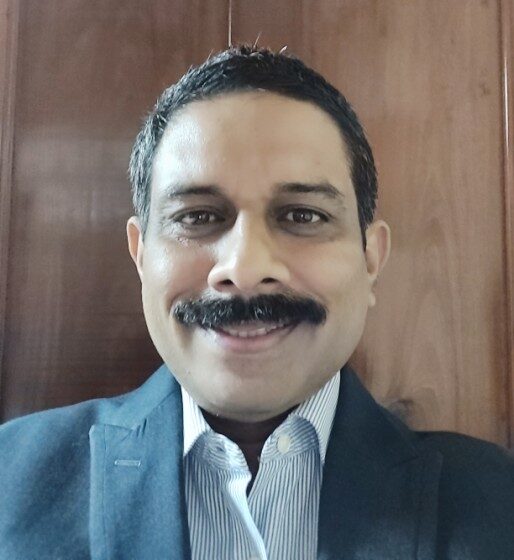With carriage and content separation in power distribution, we foresee carriage (wires) will continue to be owned by the government but we will foresee good number of competition on content side (units or kwh) from private players. Eventually there could be competition from carriage also.
The carriage operator has to provide SLA-based reliable network to content players. This calls for full suite of ADMS (Advance Distribution Management) at the base technologies like SCADA, DMS & OMS is a must). The carriage operator should also respect the SLA for equipment failure, so technologies on reliability-centric asset is a must. This calls for AIR (Asset Information Registry), viz. GIS; APM (Asset Performance Management); AIP (Asset Investment Planning) and EAM (Enterprise Asset Management).
Then technologies needed to reconcile energies between customers and different service providers are needed. Here. Advance Metering Infrastructure (AMI) and smart meters hold the key.
Distributed renewable (especially solar) and other sources (electric vehicles, storage, etc) on the discom network is making the energy mix more complex, especially due to issues like intermittency and energy reconciliation. This calls for technologies like DERMS (Distributed Energy Resource Management and DRMS (Demand Response Management system) are needed for DSM (Demand Side Management).
This automatically calls for 100 per cent automation of network up to smart meters/consumers. The network will no more be the same old-style network. It will be a high dynamic network needing lot of technologies to manage complexity.
In an exclusive exchange with T&D India, Latish Babu was discussing the overall impact of the proposed separation of carriage and content in power distribution, from a technical perspective.

